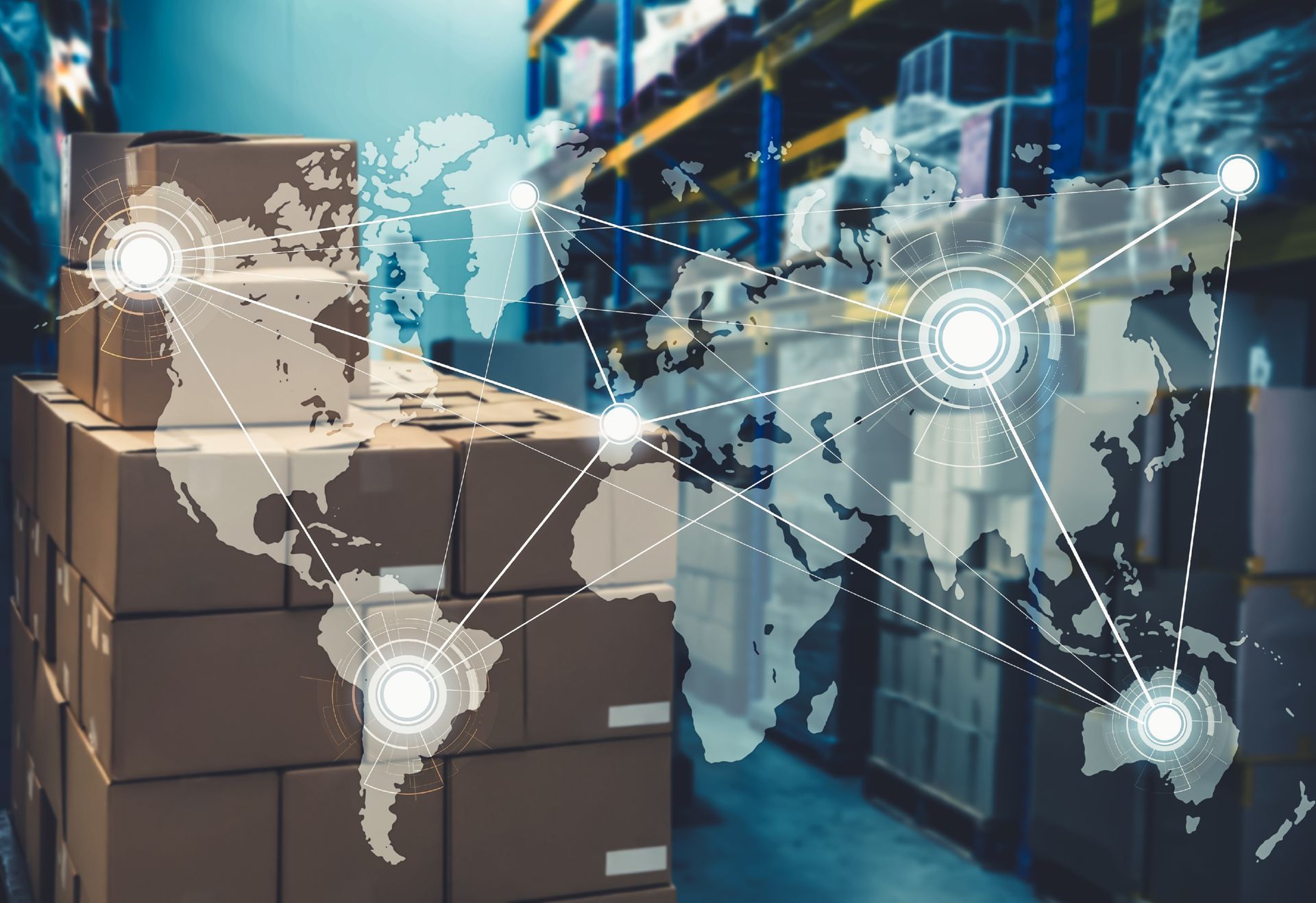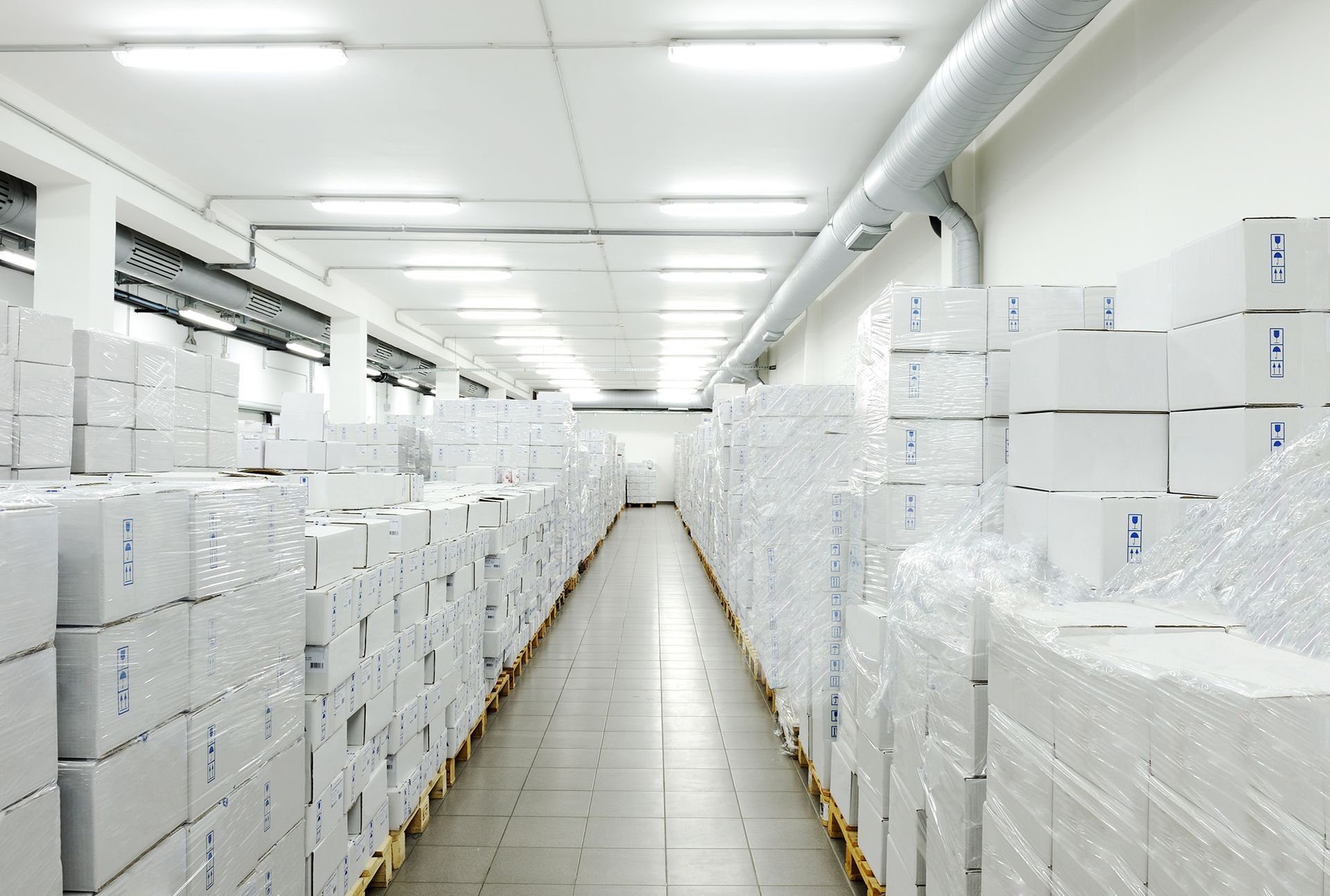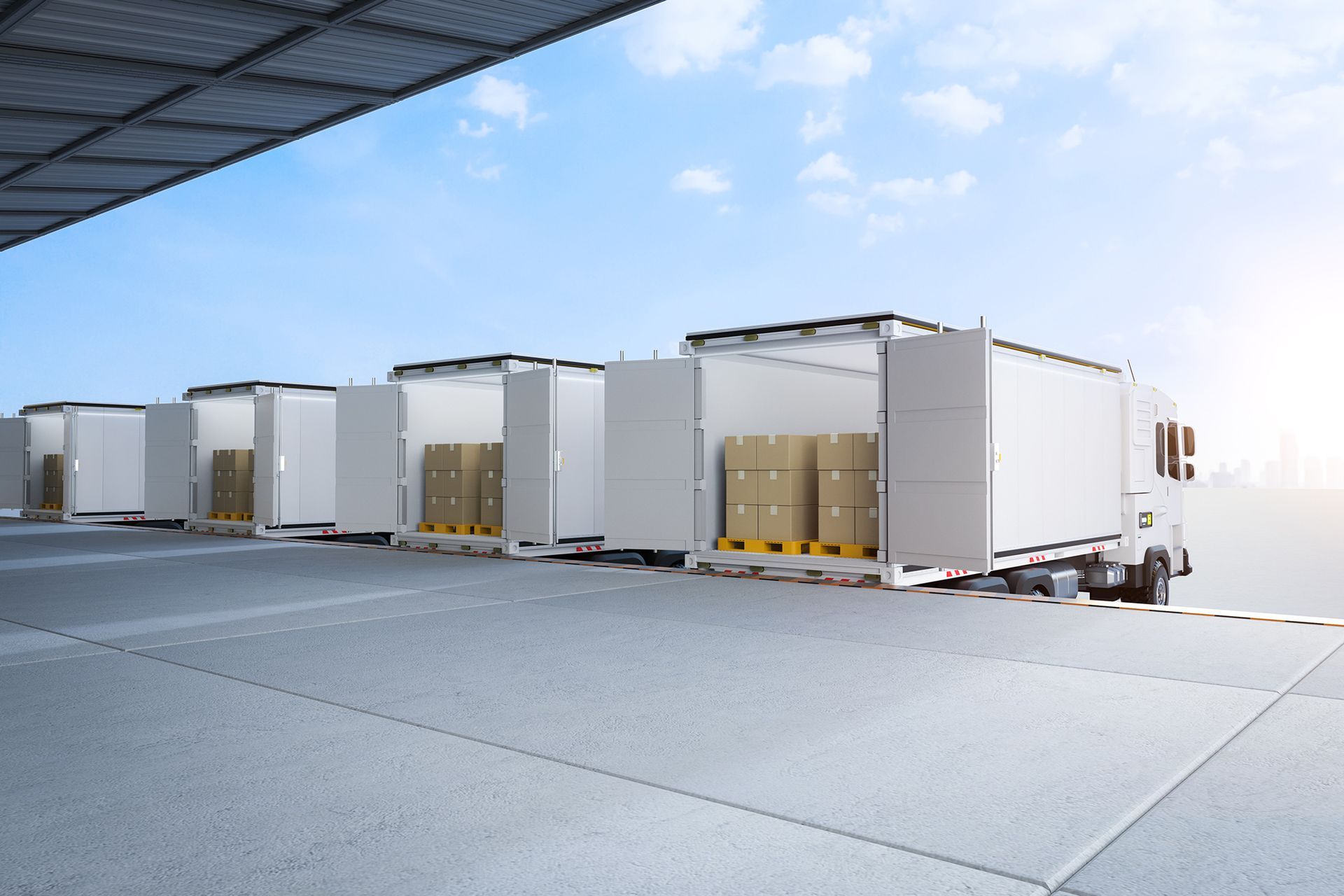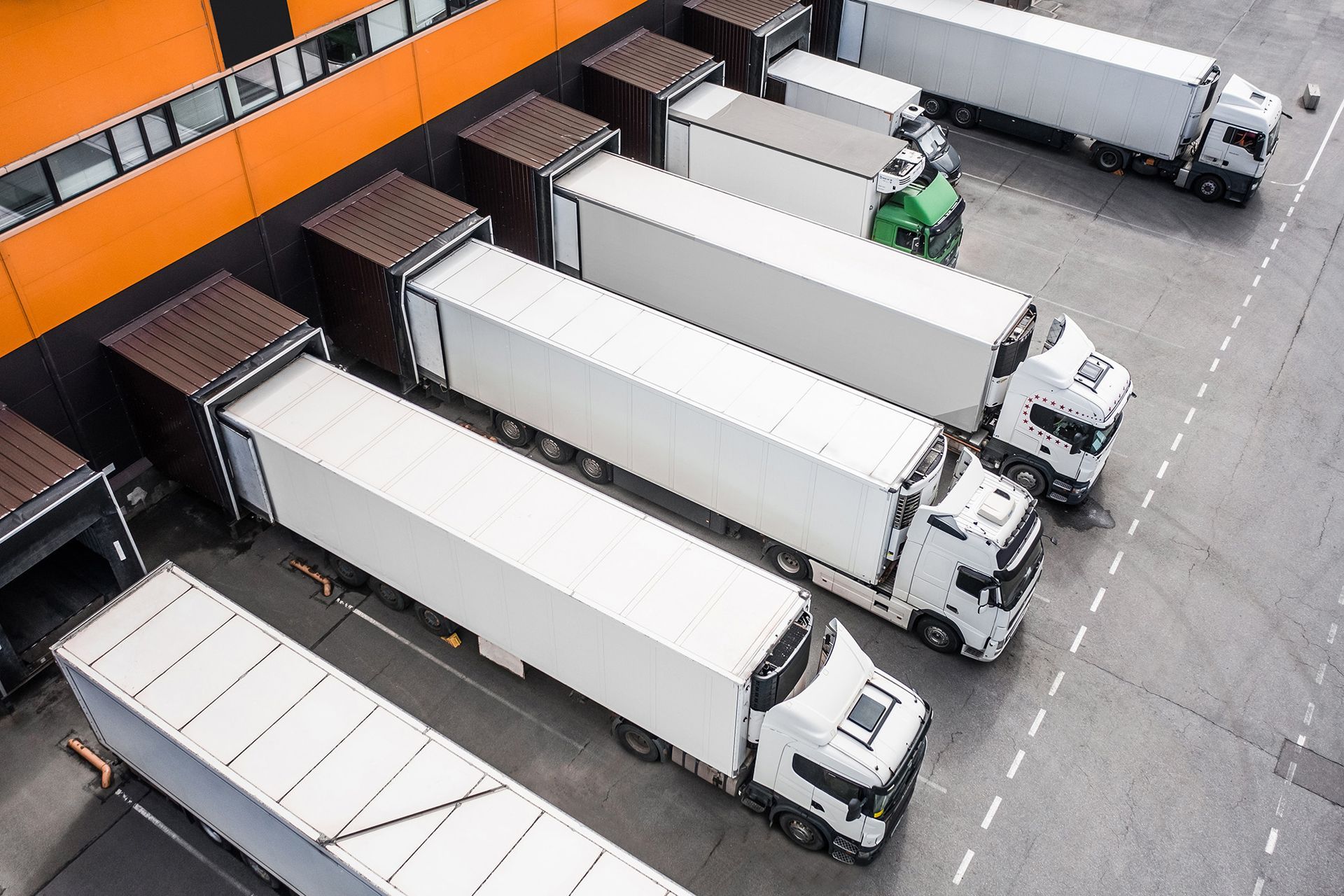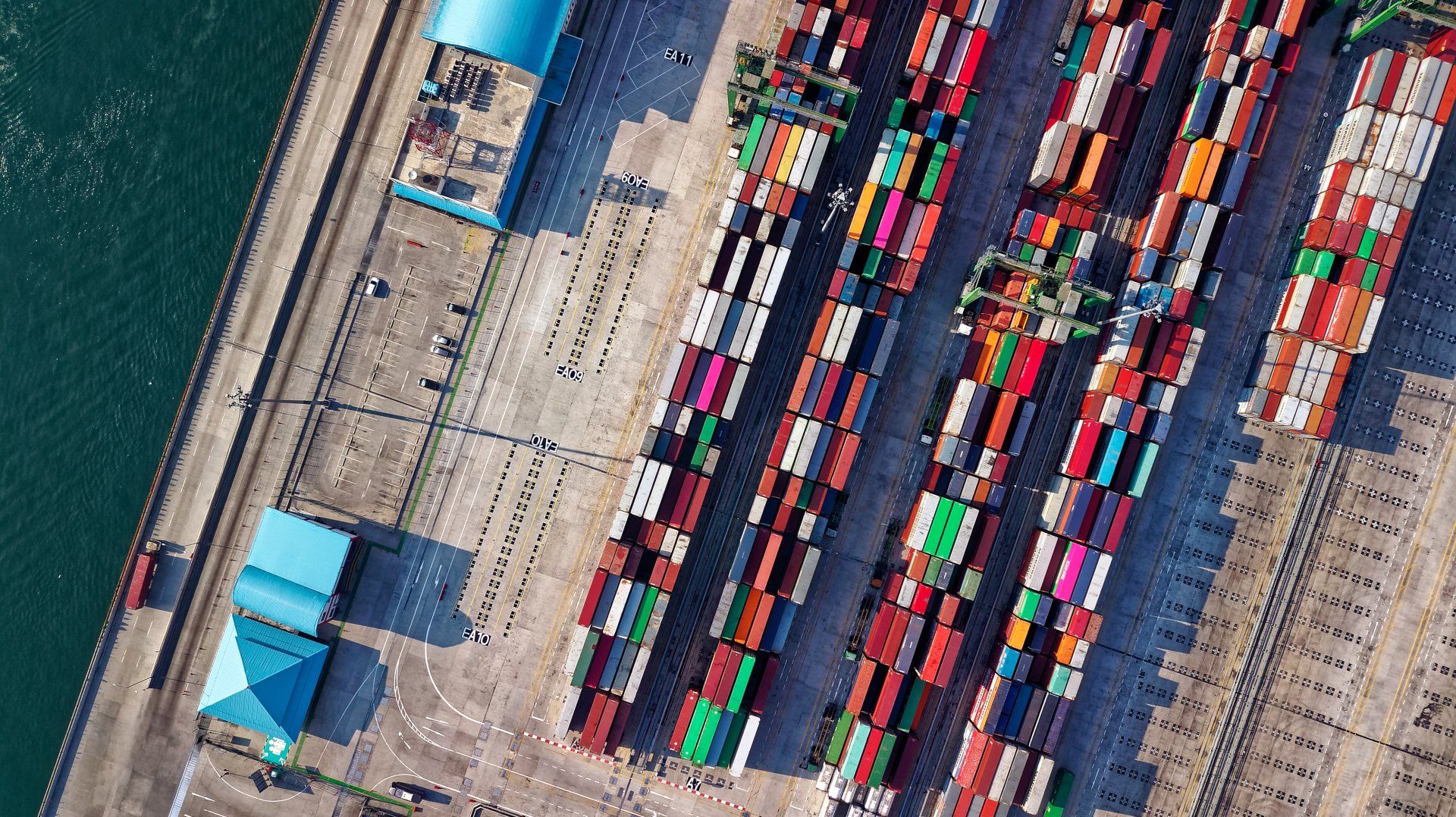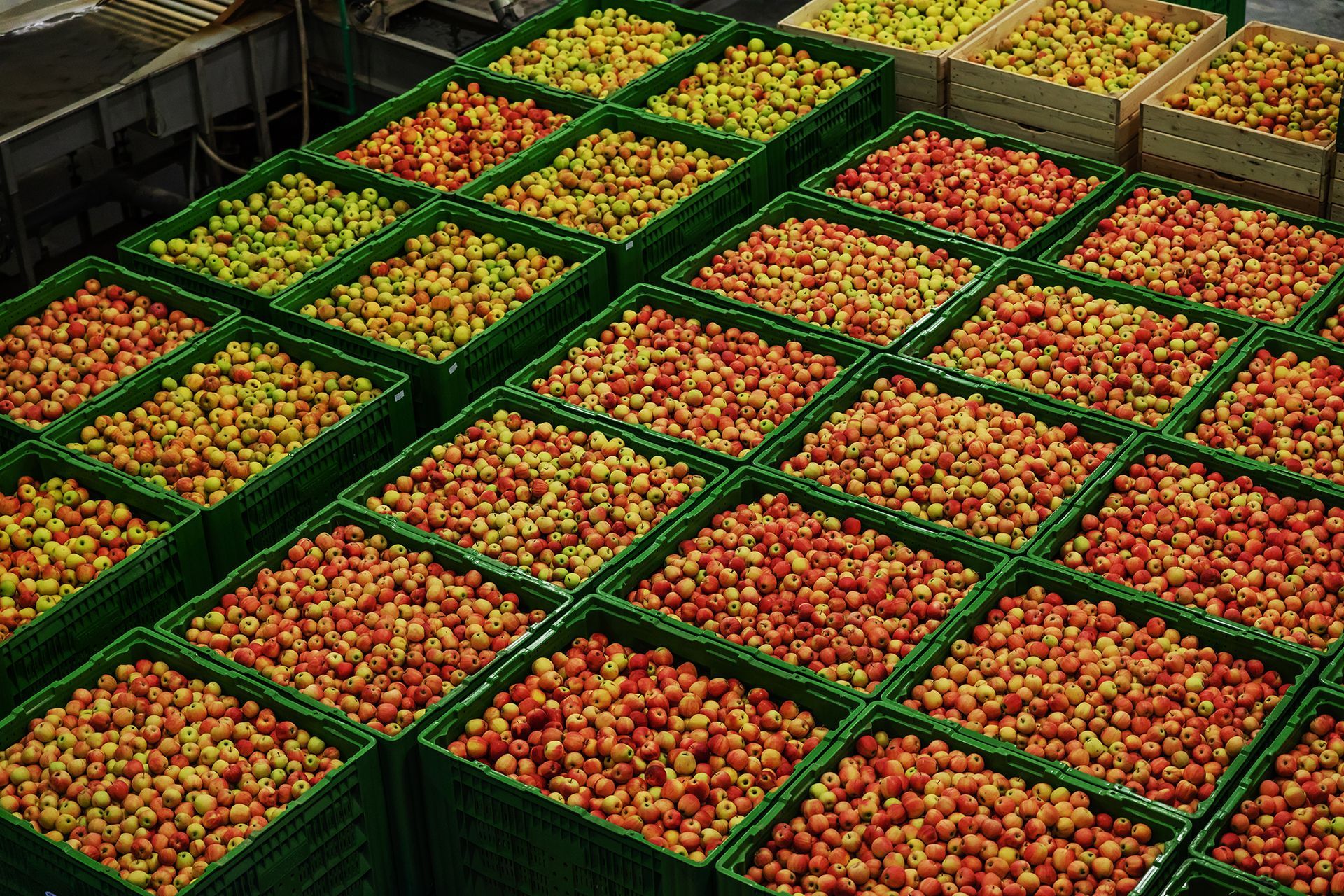Chilling Success: Mastering Cold Chain Logistics
When it comes to delivering temperature-sensitive goods, the stakes are high. Maintaining the integrity and safety of perishable products throughout their journey is essential. The success of industries such as the cold chain, pharmaceuticals, and perishable food hinges on the seamless management of cold chain logistics. This is where cold chain logistics plays a pivotal role. As per a recent study of Fortune Business Insights, the global cold chain logistics market was valued at $221.85 billion in 2020 and is expected to reach $647.47 billion by 2028, increasing at a CAGR of 15.1%.
However, navigating the complexities of cold chain logistics can be a challenge. From fluctuating temperatures to potential risks of spoilage, numerous factors can impact the safety and quality of temperature-sensitive goods. That's why we've prepared this blog to equip you with the necessary tools to master cold chain logistics. This blog will provide you with an audit and storage checklist that will help you ensure the effectiveness and safety of your cold chain operations. These recommendations will help you improve your temperature monitoring, storage procedures, and cold chain management.
The Importance Of Auditing & Storage In Cold Chain Logistics
In the ever-evolving world of cold chain logistics, regular audits are imperative. Auditing ensures that quality standards and compliance requirements are met consistently. By conducting audits, you can identify areas for improvement, rectify potential issues, and enhance the overall efficiency of your operations.
Proper storage conditions are the lifeline of temperature-sensitive goods. That is why the global cold storage market is growing with a rapid anticipated CAGR of 17.2% from 2023 to 2030 and is currently valued at $138.97 billion in 2022. Maintaining the right temperature and humidity levels is essential to preserve product integrity and extend shelf life. Failure to adhere to storage guidelines can result in compromised quality, product recalls, and even financial losses.
Neglecting audits or disregarding storage guidelines can have severe consequences. In addition to compromised product quality, regulatory non-compliance can result in heavy fines, a damaged reputation, and legal complications. That is why it is vital to take proactive measures to ensure adherence to industry standards and regulations.
Audit Checklist For Cold Chain Logistics
Documentation Review
To begin the audit process, reviewing documentation is crucial. It includes verifying supplier certifications and licenses to ensure they meet the required standards. Evaluating standard operating procedures (SOPs) and quality management systems helps identify any gaps or areas for improvement.
Equipment & Facility Inspection
The next step involves inspecting the equipment and facilities involved in cold chain logistics. Regular calibration and maintenance checks for refrigeration units and temperature monitoring devices are essential to guarantee accurate readings. Assessing the storage infrastructure, including insulation, airflow, and backup power systems, ensures optimal conditions for the products.
Training & Personnel Evaluation
The competence of your personnel is paramount in maintaining the integrity of temperature-sensitive goods. Reviewing staff training programs on handling such products helps identify any training needs or knowledge gaps. Evaluating personnel competency and adherence to protocols ensures the entire team is aligned with best practices.
Compliance With Regulatory Requirements
Adherence to industry regulations and guidelines is crucial for cold chain logistics. Regular assessments ensure compliance and help identify any areas of non-compliance. Documenting temperature records and product traceability provides transparency and aids in tracing the journey of the goods.
Storage Checklist For Cold Chain Logistics
Temperature Control
Different products have specific temperature requirements. It is essential to maintain the appropriate temperature range for each product. Regular monitoring and logging of temperature data helps identify any deviations or potential issues. Real-time monitoring of temperature-sensitive goods is made possible by temperature data loggers. You can check out our IoT temperature monitoring solutions for your cold storage warehouses here.
Product Segregation & Organisation
Within storage facilities, different temperature zones should be segregated to avoid cross-contamination. Proper labelling and categorisation of products enhance efficiency and minimise errors during handling and distribution.
Inventory Management
Implementing a First-In, First-Out (FIFO) system ensures product freshness. Accurate tracking of expiration dates and shelf-life prevents the distribution of expired or compromised goods.
Security Measures
Protecting the integrity of temperature-sensitive goods requires robust security measures. Access control systems and surveillance systems help prevent unauthorised entry, theft, and tampering.
Best Practices For Cold Chain Logistics Management
Continuous Improvement & Corrective Actions
Collaboration With Suppliers, Transporters, & Customers
Use Of Technology & Data Analytics For Enhanced Monitoring & Visibility
Way Forward
By understanding the importance of audits and storage and by diligently following the provided checklists, you can ensure the effectiveness, safety, and success of your cold chain operations. Remember, staying up-to-date with evolving industry standards and regulations is crucial to maintaining your competitive edge in this chillingly precise field. Now go forth, armed with knowledge and an impeccable checklist, and conquer the world of cold chain logistics!
Enquire to find out more about our innovative solutions and how they can be utilised at enquiries@adaptideations.com
Share Our Post.
Awards & Recognition
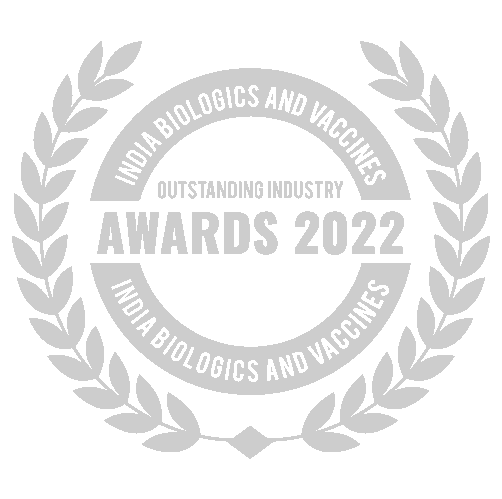
Best Temperature Monitoring Solution Provider
Awarded by India Biologics & Vaccines Outstanding Industry Awards 2022
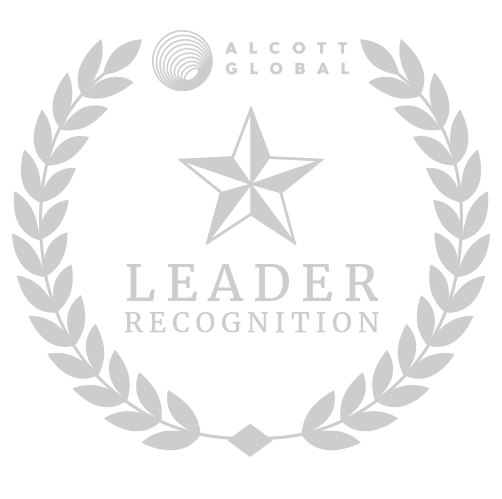
Adapt Ideations Recognised As A Supply Chain Leader
by Alcott Global on Supplify's Supply Chain Tech Map 2.0

Related Articles.

